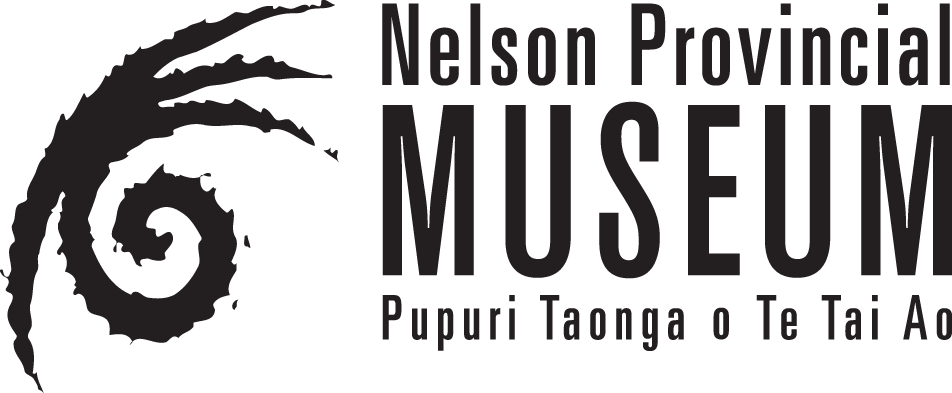Armistice Day - 11 November
An example of a gas mask worn by soldiers during WW1. Cock. Nelson Provincial Museum, Tyree Studio Collection: 90837.
Armistice Day commemorates those brave men and women who served and died in World War 1.
One of the defining features of World War One was the use of poisonous gas.
The introduction of chemical warfare was synonymous with the more than 200,000 miles of trenches dug all over Europe during WWI. Although lethal in itself, gas was also used by advancing forces to distract and disorient enemy soldiers and to force retreat. In one of the first documented gas attacks of WWI, 160 tonnes of chlorine gas was released by German forces in Ypres on 22 April 1915. This attack over a distance of 6.7km caused 1,000 fatalities of largely French and Algerian troops and wounded 4,000 British allies. Other gases like phosgene (a choking agent), mustard and lewisite were widely used throughout WWI. Mustard gas was particularly harmful because it injured on contact, not just through inhalation, and its residue lingered for days leading to further injury from secondary contamination.
Noisemaker. Nelson Provincial Museum Collection: EC.61.70
The introduction of weaponised gas on the battlefield required new methods for raising alarm. Gongs made from spent ammunition shells, and bells were common, but these relied on the user having immediate access to them. Soldiers needed to be able to send an alert from their position requiring something that was small and portable and could be reliably heard.
Alarm or warning rattles had been in use throughout the 19th century for alerting neighbourhoods to danger, fire, or to signal for help. Pictured here on the right, is an example of police rattle from the Auckland Museum’s collection.
Rattles are handheld devices that make a distinct clacking noise when one end of a thin piece of wood (called a “spline”) is continuously moved between the teeth of a spur gear. The body of the rattle is partially enclosed which helps amplify the sound.
The WWI gas rattle in the Nelson Provincial Museum’s collection (pictured above) is 28cm long and has a metal frame either side making it heavy to hold but still capable of being operated one-handed. The inclusion of the metal frame protected the rattle but also made it a close-combat weapon, albeit one of last resort. This particular rattle is stamped with “WB LD 1918” but there is little known provenance regarding its use beyond Nelson Tasman.
The gas attack in Ypres was devastating due to the magnitude of deaths and casualties within a matter of minutes. However, by the end of WWI only 3% of all fatalities were attributed to gas. The rapid manufacture and distribution of gas masks, custom first aid supplies, rattles and gas-odour detection training helped reduced fatalities. Regardless, gas attacks were still injurious and the gas masks themselves created a visual obstacle especially while under attack.
AN example of a police rattle from Auckland Museum. rattle, police, 1965.78.696, col.0256, ocm2094, © Auckland Museum CC BY
“Without doubt, gas attacks also had a psychological impact on the battlefield especially when it was a largely invisible and silent enemy. ”
Returning service men and women often suffered permanent damage to the upper respiratory tract, lungs, eyes and skin caused by gas exposure. The trauma and extent of suffering inflicted by gas attacks on both sides of the conflict led to the 1925 Geneva Protocol passed by the United Nations which explicitly prohibits the use of “Asphyxiating, Poisonous or Other Gases, and of Bacteriological Methods of Warfare”. The Geneva Protocol applies only to the use and not to the development nor stock-piling of chemical weapons which means chemical weapons still pose a risk during outbreaks of conflict or war today.
Alert rattles continued to be used after the war but less so for alarm and more as general noise-makers for celebrations, protests, movie sound effects – and for the rattle in Nelson Museum’s collection – to scare away birds!
Article kindly researched and written by Shae Trewin, Collections Leader.
During World War One, systems for alerting troops to the presence of various war gases was necessary. This video shows a gas rattle being used.









